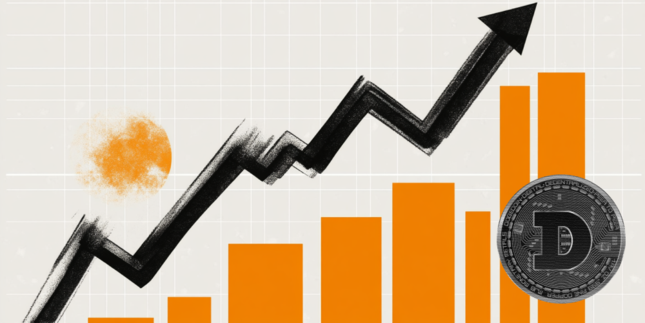CARDANO price, news and Forecast (ADA US DOLLAR)
Technical overview
Latest Crypto Analysis
Editors' picks

Dogecoin sustains bullish outlook, but surge in supply in profit poses risks
Dogecoin edges higher on Friday, backed by increase in speculative demand. DOGE’s Open Interest hits $3.4 billion, while volume increases to $6.5 billion. Dogecoin’s supply in profit rises, adding to the risk of profit taking.

Pi Network flashes bullish potential ignoring the community concerns
PI price action forms an Adam and Eve pattern setup, signaling a potential bullish reversal. Pi Network invests in OpenMind, an AI robotics startup that has raised $20 million in funding.

Crypto Today: Bitcoin uptrend takes a breather as Ethereum, XRP bulls tighten grip
Bitcoin price approaches $118,000 round-figure resistance but then retraces amid steady spot ETF inflows. Ethereum surges 16% from last week’s support as bulls tighten grip, aiming for highs above $4,000.

Bitcoin Weekly Forecast: BTC bulls target $120,000 as Trump moves to allow crypto in 401(k) plans
Bitcoin price closes above the $116,000 resistance, with bulls setting sights on the $120,000 level. Trump signs an executive order enabling cryptocurrency assets in 401(k) retirement accounts.

Bitcoin: BTC bulls target $120,000 as Trump moves to allow crypto in 401(k) plans
Bitcoin (BTC) looks set to close the week in the green, breaking above the $116,000 resistance, as market optimism swelled after United States President Donald Trump signed an executive order to include alternative assets, including crypto, in US 401(k) retirement accounts.
BTC
ETH
XRP
WHAT IS CARDANO?
Cardano is a decentralized blockchain platform aimed at creating a secure and scalable infrastructure for decentralized applications (dapps). Founded by Charles Hoskinson in 2017, Cardano was created to be an alternative to Ethereum by offering users increased throughput and low transaction fees.
Its native cryptocurrency, ADA – named after mathematician Ada Lovelace – is used as payment for transaction fees, staking and governance within the Cardano ecosystem. ADA ranks as the tenth-largest cryptocurrency with a market capitalization of $21.1 billion as of July 8, 2025.
How does Cardano work?
Cardano runs on a proof-of-stake consensus mechanism called Ouroboros, which enhances energy efficiency compared to traditional proof-of-work blockchains.
Since its creation, Cardano has undergone several hard forks including Shelley, Allegra, Mary, Alonzo, Vasil, Valentine and Chang 1. The Shelley upgrade in 2020 was the first hard fork, marking a pivotal transition that made Cardano a decentralized network. It also introduced staking allowing ADA holders to earn rewards by participating in the network's consensus process.
ADA holders can delegate their coins to staking pools to increase their chances of earning rewards for participating in the network's consensus and governance process.
In August 2021, Charles Hoskinson announced the Alonzo hard fork, which introduced smart contract capabilities to Cardano, with over 100 smart contracts deployed within the first 24 hours.
Some of Cardano's real-world demonstrated use cases involve tracking agricultural production, securely storing educational credentials and helping retailers combat counterfeit products.
Differences between Ethereum and Cardano
- Cardano leverages an Ouroboros Proof-of-Stake process that divides chains into epochs, which are further divided into time slots. Staking pools, also known as slot leaders, are elected for validating transactions and adding blocks to the chain per slot time. Ethereum, on the other hand, transitioned from a Proof-of-Work to a Proof-of-Stake consensus mechanism in 2022.
- ADA has a fixed supply of 45 billion ADA, while Ethereum has no supply cap. However, Ethereum leverages a burn mechanism to keep its supply at around 120 million ETH.
- Cardano can theoretically process over 1,000 transactions per second (TPS) while Ethereum lags behind with only 20-30 TPS.
- Cardano has very few dapps compared to Ethereum, which boasts over 5,000 applications.